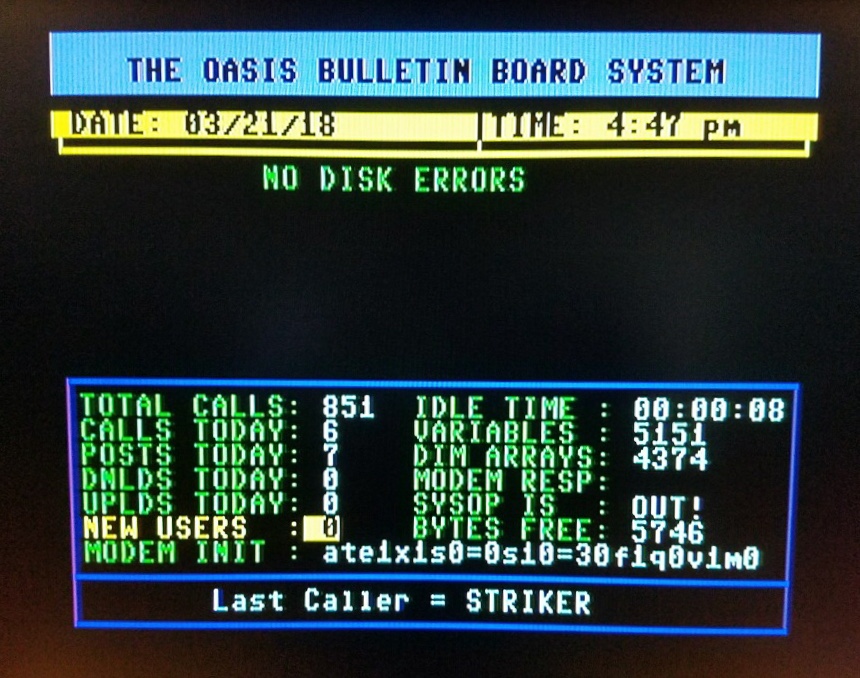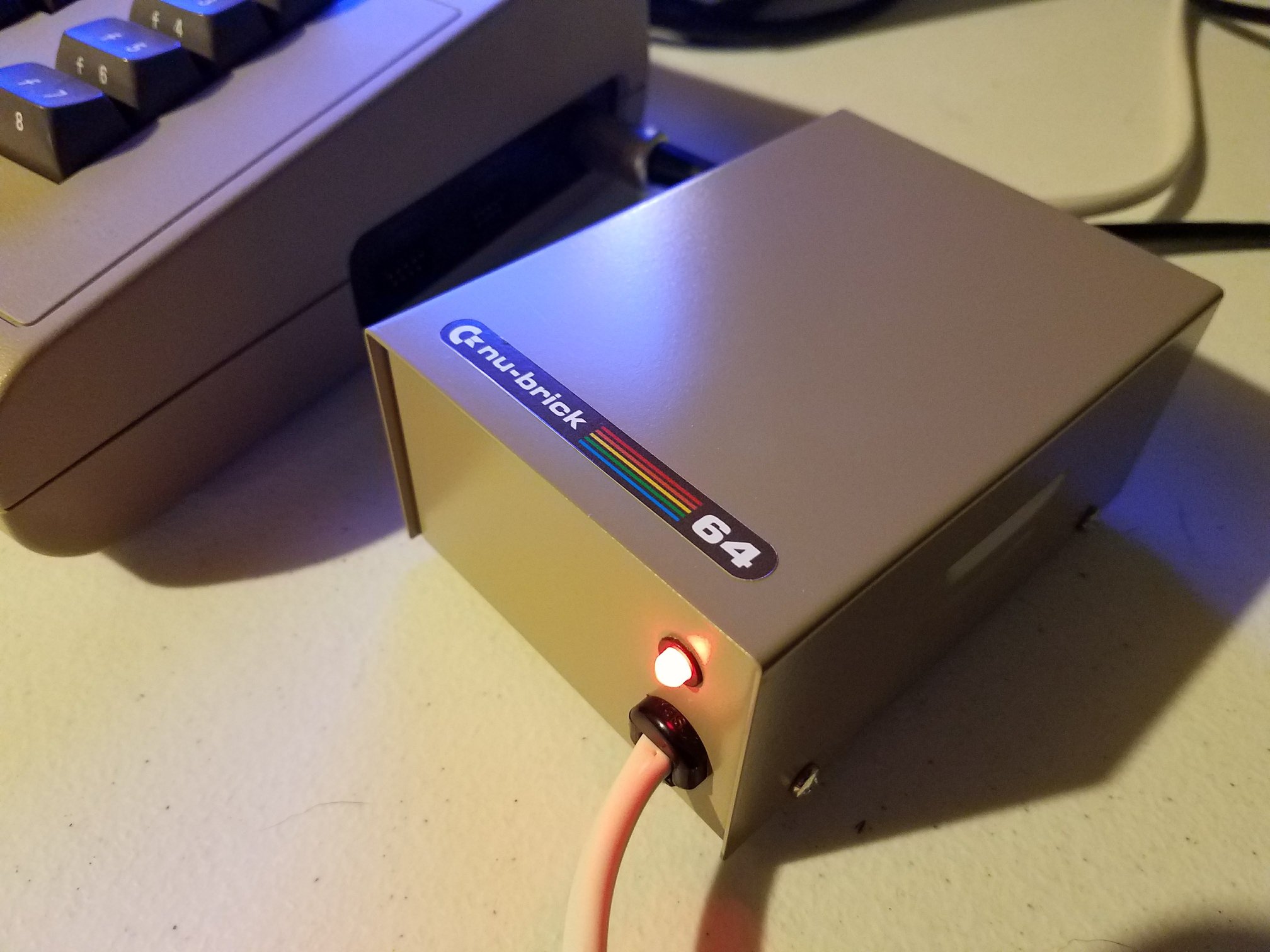When it comes to the future of retro computing, the Amiga story is far from over. In a recent Amigatronics interview, Trevor Dickinson opens up about his Amiga hardware vision, offering a rare, inside look at the passion and persistence driving this legendary platform forward. Anyone who thinks retro computers are stuck in the past will find themselves pleasantly surprised.
The Spark That Lit the Amiga Flame
Trevor’s Amiga hardware vision began well before he became a recognizable figure in the scene. Starting as a Commodore PET user, Trevor worked his way through the Commodore 64, the 128, and finally into the Amiga 2000, thanks to what he calls an “act of God” (read: a lightning storm that fried his 128D). For Trevor, the Amiga wasn’t just a tool—it became the creative backbone of his business. He used Amigas for desktop publishing, graphics, and even manual creation, convincing his whole team to join the fun.
After selling his business, Trevor set up shop in London with a new goal: build a Commodore and Amiga mini-museum. Reading Total Amiga magazine reignited his excitement. But new PowerPC-based Amigas were elusive, so Trevor tracked down a rare developer unit on eBay and, once again, was hooked. This passion fueled his Amiga hardware vision—a drive not just to preserve the platform, but to keep it moving forward.
Growing a One-of-a-Kind Collection
It’s not every day you get a peek into Trevor’s personal Amiga collection. While his museum is packed, he still makes room for standouts like the A500 Mini, C64 Mini and Maxi, a rack-mounted CD32, and even the elusive Commodore A4000T. He keeps an eye out for anything unique or inventive, including the latest reimaginings from creative users around the globe.
Despite joking about running out of space (don’t tell his wife), Trevor’s Amiga hardware vision leads him to seek out both rare classics and the latest iterations of Amiga-inspired machines. If it pushes the boundaries or puts a new twist on an old favorite, he’s interested.
Changes, Challenges, and Community
A lot has shifted in the thirteen years since Trevor’s first Amigatronics interview. He’s quick to point out that the Amiga scene, and retro computing more broadly, are more energetic and diverse than ever. Shows like Amiga 30 helped spark new interest, and today’s community bursts with projects ranging from classic add-ons to FPGA boards and emulators.
For Trevor, it’s the people that give Amiga its staying power. Whether fans prefer classic hardware, next-generation systems, or emulation, everyone has a place in the community. This people-focused view is central to Trevor’s Amiga hardware vision, and it came through clearly during his recent speech at AmiWest, where he encouraged users to enjoy their favorite flavor of Amiga—keyboard purists and next-gen fans alike.
A-EON and the Business of Passion
Some might say A-EON picked up where Commodore left off, but Trevor’s Amiga hardware vision isn’t about copying the past. It’s about meeting modern needs while honoring Amiga’s roots. Developing machines like the X1000, X5000, and the A1222 has not been easy. Trevor admits the journey is long, challenging, and expensive. Yet, thanks to support from developers, beta testers, and loyal customers, these efforts keep paying off.
When it comes to what’s next, Trevor sees plenty of opportunity. If people want new Amiga hardware, A-EON will keep trying to deliver. After all, Trevor always wanted to push forward, to create the next generation of Amiga machines for fans eager for something fresh.
Community Unity—Or Just Let People Have Fun?
The Amiga world has always had its factions. Whether users rally around MorphOS, AmigaOS 4, emulation, or something else, debates are common. Trevor’s message: stop the infighting and enjoy your Amiga, however you like it. His Amiga hardware vision includes everyone—newcomers and veterans, hardware tinkerers, and gamers alike.
He also shares some behind-the-scenes stories uncovered while researching for the “Vultures to Vampires” book series. From dramatic business dealings to mysteries about who really owned the Amiga brand, these tales add a bit of intrigue for any reader who enjoys tech history with a side of suspense.
Next Generation Hardware and New Directions
Today, options for Amiga fans are wider than ever. From PiStorm and Vampire accelerators to the A600GS console and boards like the SAM 460 LE, there’s no longer just one way to enjoy the Amiga experience. Trevor’s Amiga hardware vision welcomes all these developments, no matter the form or price. If a low-cost option helps bring in new fans, all the better.
He’s clear: the original Amiga computers were never truly cheap. Parents might remember otherwise, but the big-box Amigas were premium devices. Trevor sees affordable hardware as a way to grow the community, not as a threat to next-generation machines.
Building for the Future
Plans don’t always work out, especially in the unpredictable Amiga world. Trevor points out that every new project—be it the X1000 or X5000—involved business plans, forecasts, and budgets. But real-world challenges force changes along the way. Working with startups has shown him that flexibility and determination matter more than sticking rigidly to a plan.
He’s proud of his contributions, from developing new hardware to researching and writing books. Even while stranded in New Zealand, Trevor found ways to keep the Amiga hardware vision alive, focusing on research and collaborating with others to document Amiga’s story.
Inspiring the Next Generation
One of the biggest questions facing the Amiga community is how to reach younger users. Trevor spots signs of hope at events across Europe, where the average age of fans is trending downward. The key: offer hardware and software that appeals to today’s needs, not just replaying yesterday’s hits. For Trevor, growing the Amiga base means supporting new uses, encouraging development, and making sure there’s always something fresh to explore.
Developers often discover Amiga later in life, bringing their professional experience to retro projects. It’s a trend Trevor finds encouraging. With continued creativity and enthusiasm, he believes Amiga’s future is in good hands.
A Message to the Amiga Community
As the interview wraps up, Trevor’s message is simple: enjoy your Amiga hardware vision, whatever form it takes. Skip the drama, skip the arguments, and just have fun. The community’s strength is in its passion, diversity, and sense of play.
With leaders like Trevor Dickinson championing both the past and future, the Amiga story feels far from finished. The only real risk? Not watching this Amigatronics interview for yourself. It’s a must-see for anyone curious about where Amiga has been—and where it might go next.







